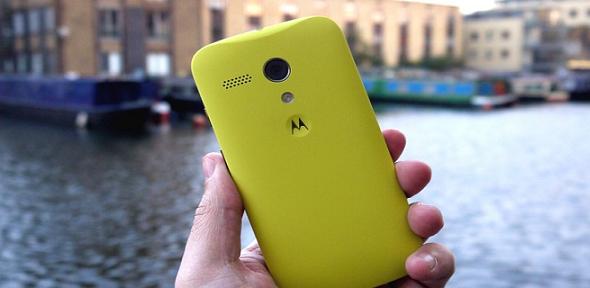Last Updated on April 12, 2017 by Mathew Diekhake
I spent a great deal of the start of my week showcasing the new Google Play Edition Moto G KOT49H Android 4.4.4 Kitkat update that had started rolling out OTA. You can click through to the link I dropped around read all about it and what to expect or you can lick your lips overt he direct zip file link I’ve dropped below for an even newer build still on the same numbers. The file below takes us from KOT49H firmware to KTU84 firmware.
The last update was exciting for owners of the Moto G smartphone because it boosted it up to Android 4.4.2 Kitkat which is arguably my favorite of the series. It had immersive mode, new white status bar icons, new font in the notification tray, the camera app positioned on the lock-screen, new Emoji and a new landscape keyboard, updated Hangouts app and more. Things aren’t anywhere near as exciting and fun with this latest build however which is officially the end of the line before we reach out for Android L that we saw last week at the Google I/o for the first time.

The new 4.4.4 firmware focuses around security and updates a lot of software under the hood that we don’t have the pleasure of witnessing. They say it does give improved performance, but it’s less noticeable than the last time, it does have bug fixes but in terms of features there aren’t any to write home about. That is a mighty coincidence because I am attempting to report on it right now!
There’s not much else to say. Always backup your data as usual before you start. Backup the contacts or sync them with the Google account, make copies of SMS texts, photos, video, music and other sensitive data. It will arrive as a notification but if you decide to opt out of installing it right away, you can access the screen again by traveling to Settings > About device > Software update and check for updates.
If those two options aren’t what you’re looking for and you want to download the file manually everybody can do it from this link here.
If you want to go onward and flash it make sure, there is Android SDK and fastboot installed on your computer or notebook first. Give yourself enough battery power before starting. I recommend having at least 50% battery charge left if you don’t have USB charging working. The data needs transferring within the ADB folder. Find it by navigating to platform – tools directory.
